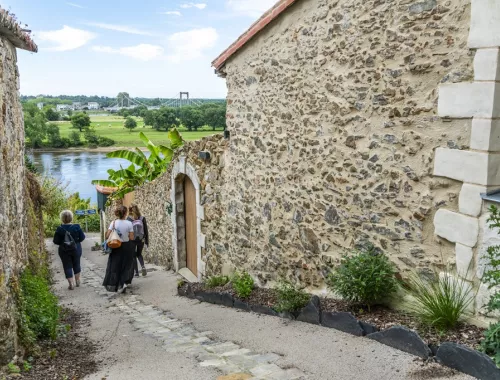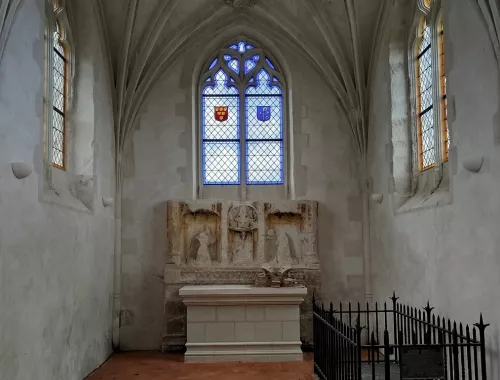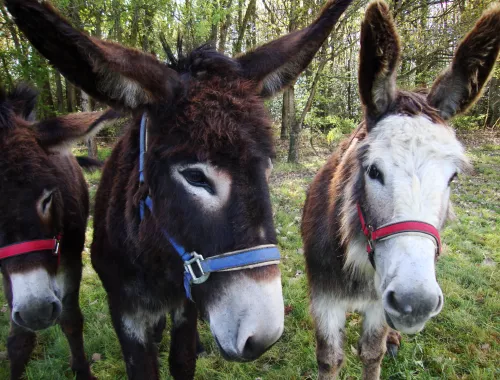Free access
Ferme abbatiale des Coteaux
Activity
Saint-Florent-le-Vieil
Description
The Coteaux abbey farm was originally a seigneurial dwelling in the 16th century, before becoming part of a monastic complex.
Infos
Access
Address
25 rue Saint-Maurille
SAINT-FLORENT-LE-VIEIL
49410 MAUGES-SUR-LOIRE
FRANCE
Nearby
Public transport : Anjou Bus (0,3km)
SNCF train station : Gare SNCF - VARADES (3km)
Motorway : A11 (20km)
updated : 29 août 2025By : Pôle Tourisme ôsezMaugesSuggest changes.







